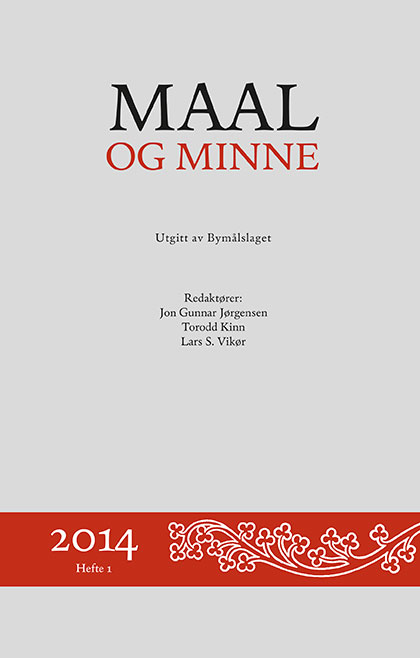Sammendrag
This paper presents a new understanding of the cosmology of pre-Christian Scandinavian myth. The sources appear to give contradictory information; for example, the Æsir are located in different places: at the centre of the world, in the west, in the east, under the sea, and in the sky; Hel is placed both in the underground and beyond the sea. In recent studies, this has led to the conclusion that there is no system. The author argues that there is, and that we misunderstand the passages to other worlds. The otherworld can be defined as 'the world beyond what we can access by natural means'. The starting-point is the realm that is physically accessible to humans, forming a compressed, wide 'bubble' around him/her and the local community, since our natural range is very wide in the horizontal plane in all directions, but very short downwards and upwards. Still, people have always imagined that it is possible supernaturally to transcend this 'bubble' through certain passages. These passages point in many directions from the middle of the 'bubble', but the locations of the passages are not identical to the location(s) of the other world(s), the passages being interchangeable with each other and often lead to the same (kind of) land/place. The other worlds have interfaces with this world and with each other, but have no geographical location in relation to this world or to the others - they are simply 'beyond the passages', 'on the other side'. Accordingly, the fundamental model may be construed as an opposition between 'us' and 'the others', with an ever-changing border. This system becomes clear when we examine not only the limited Old Norse sources, but consider them in the light of the abundant folktales and legends recorded in post-medieval times throughout Northern Europe.Forfattere beholder opphavsretten og gir tidsskriftet rett til første publisering av arbeidet. En Creative Commons-lisens (CC BY-SA 4.0)Â gir samtidig andre rett til å dele arbeidet med henvisning til arbeidets forfatter og at det først ble publisert i dette tidsskriftet.

